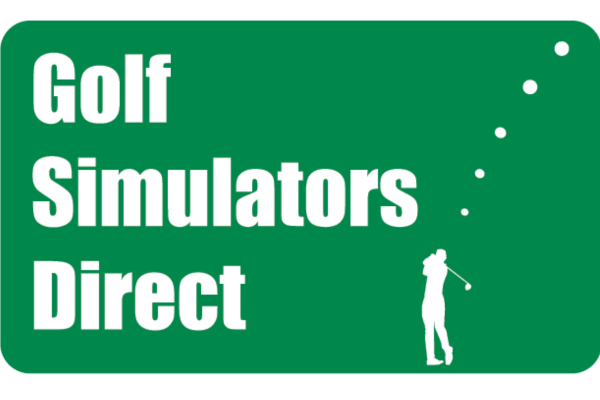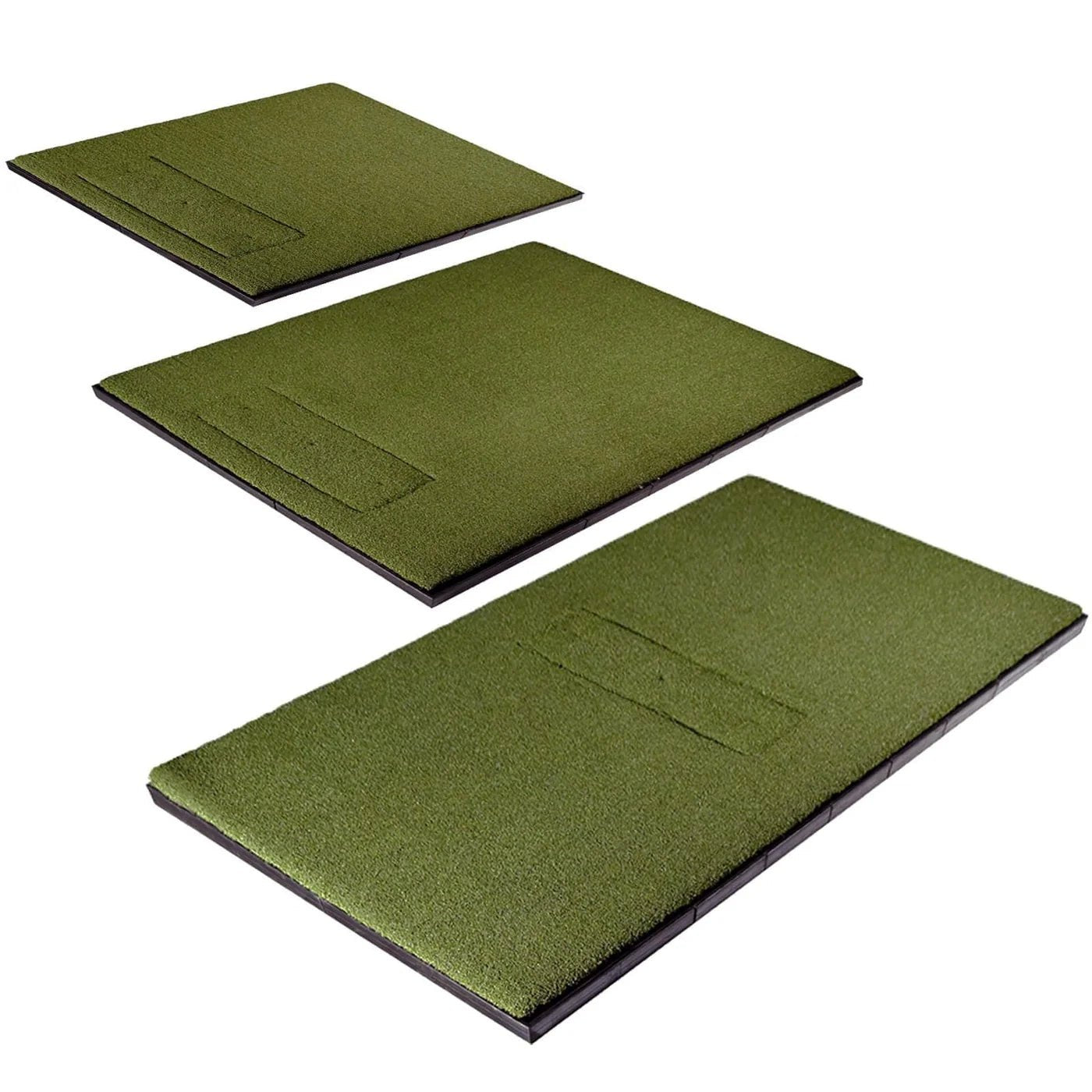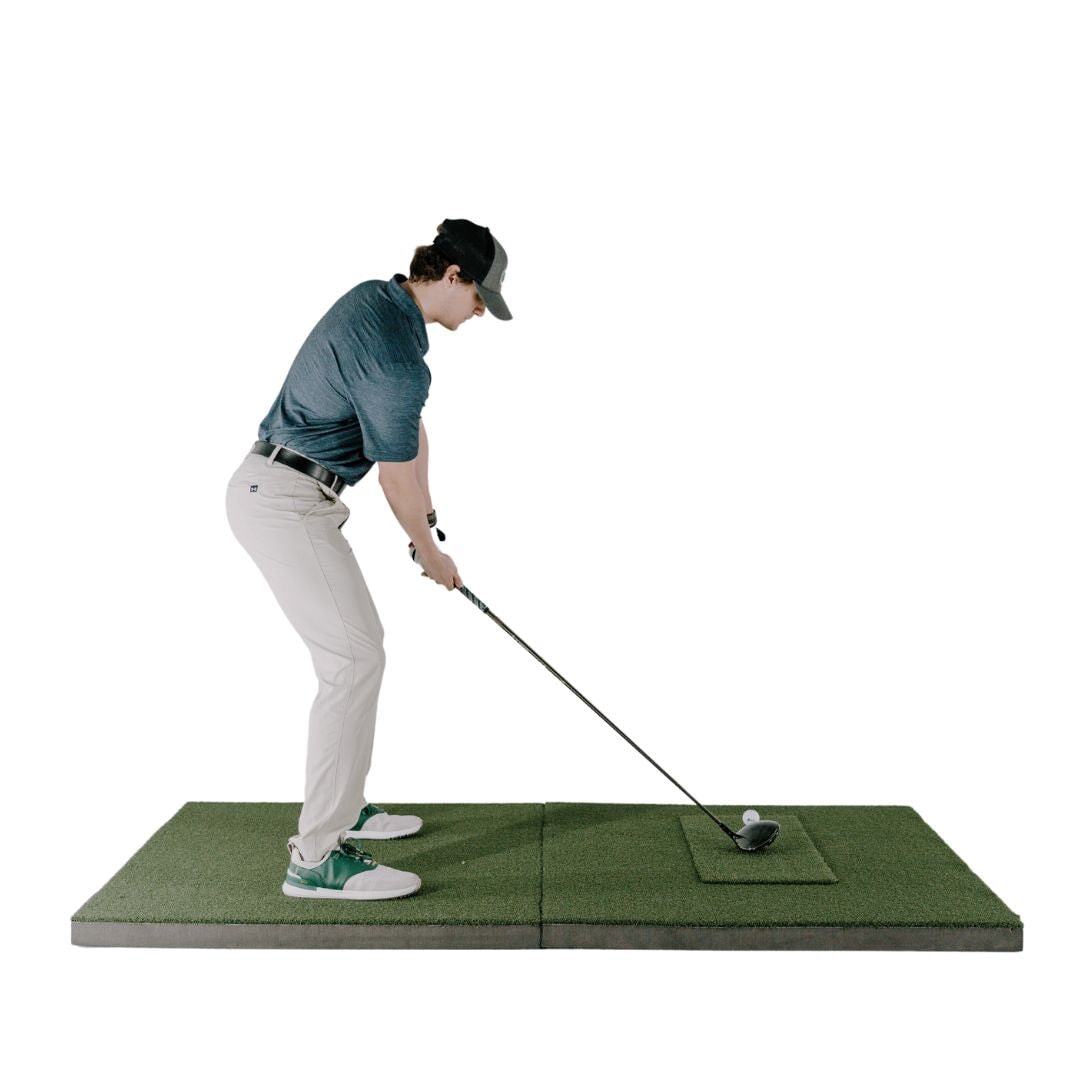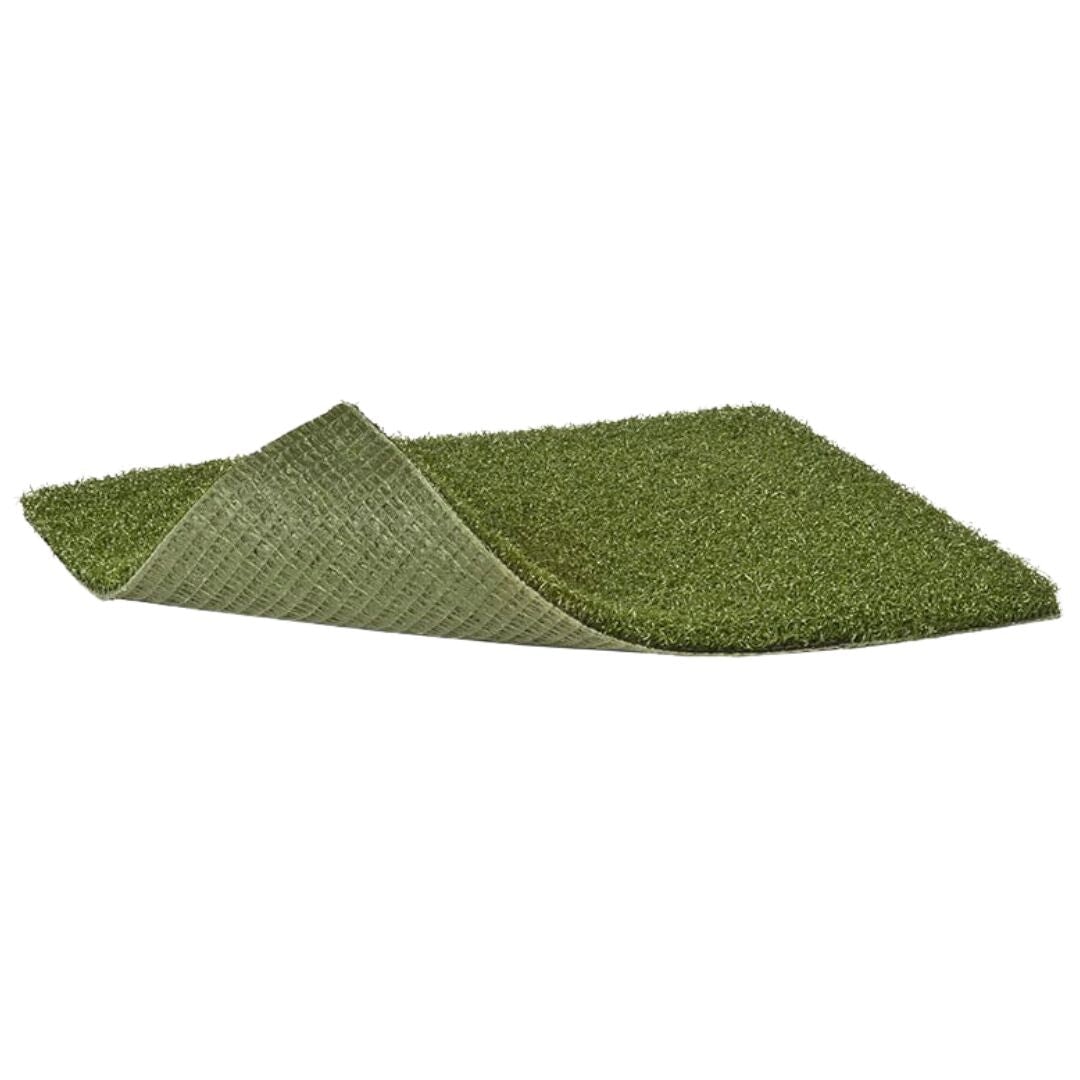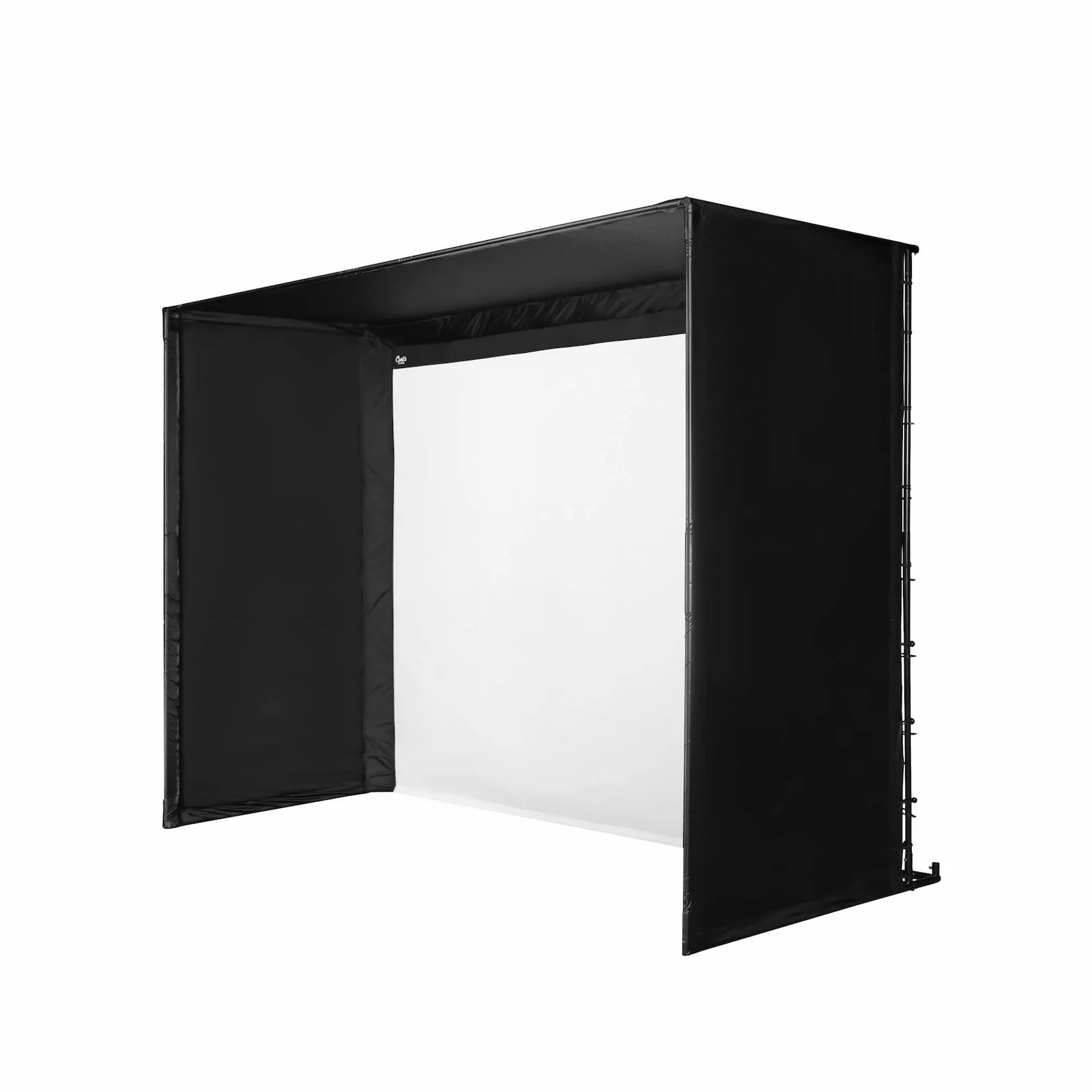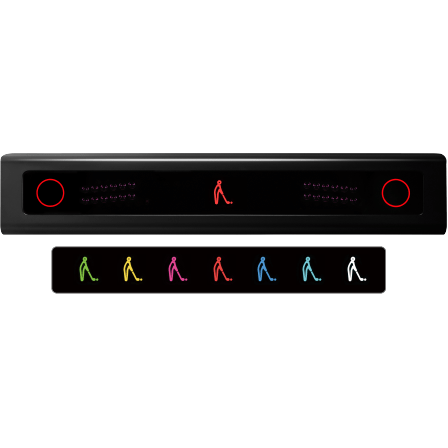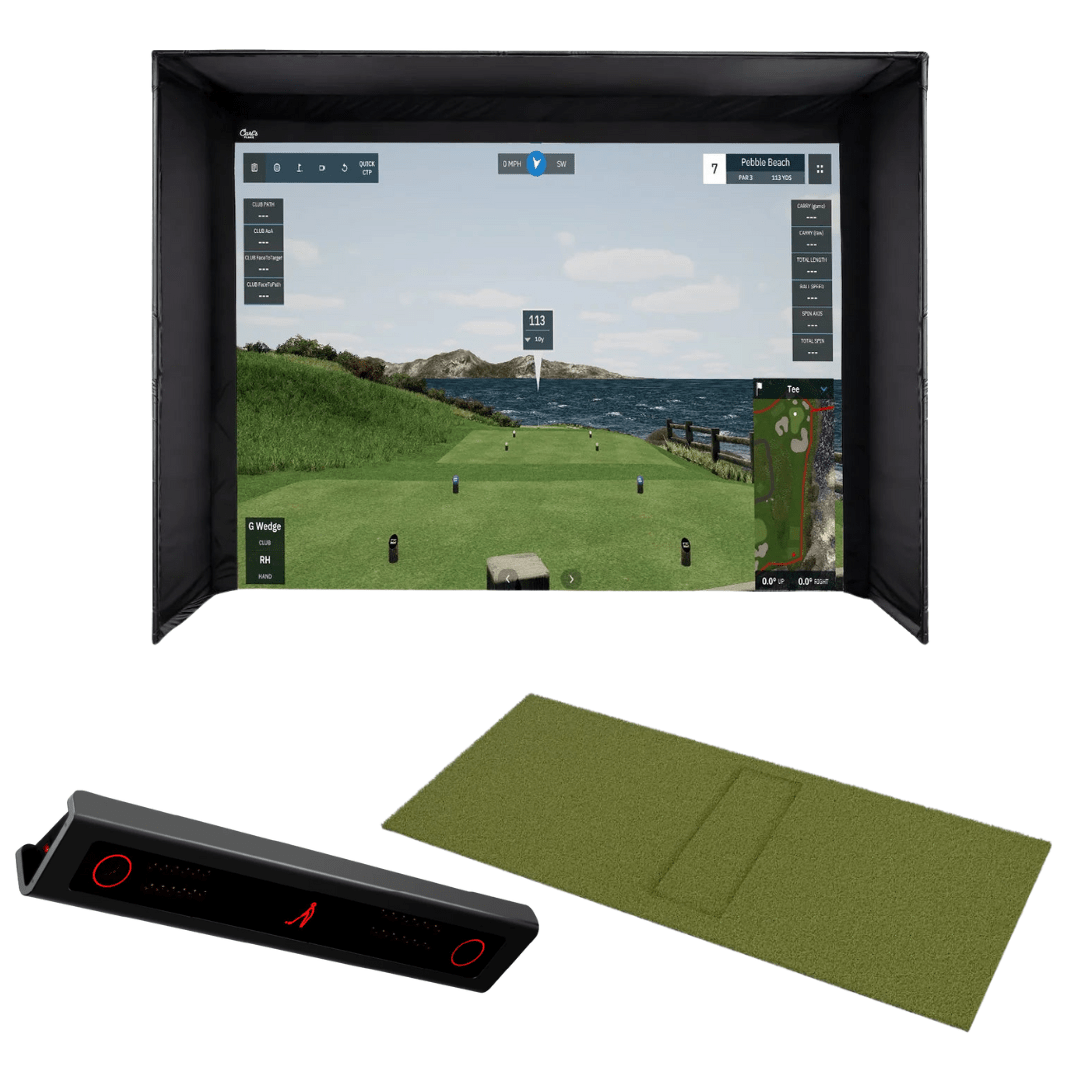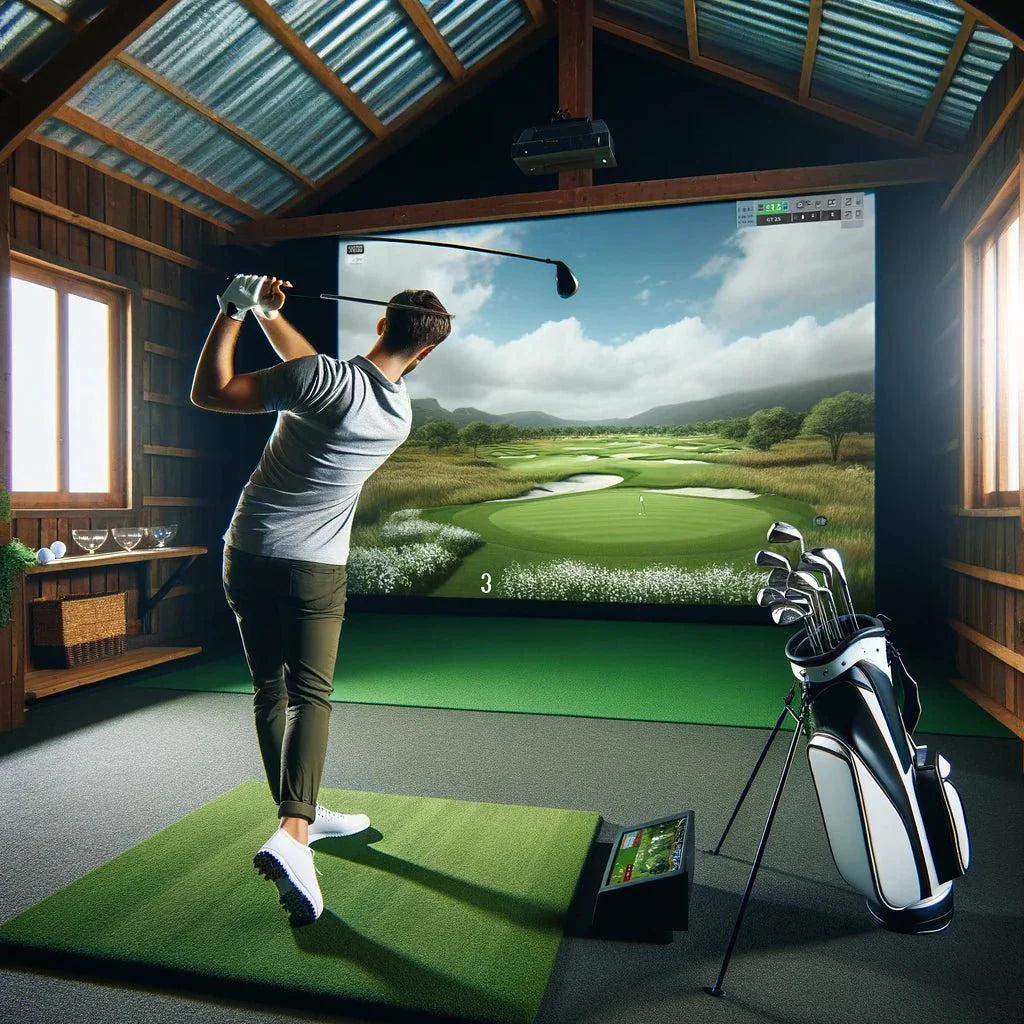Golf simulators have revolutionized the way golfers practice and enjoy the game indoors. With advanced technology, golf simulators not only cater to teeing off and driving but also significantly improve your short game, particularly putting. In this article, we explore various methods of putting using a golf simulator and how it can effectively enhance your putting skills.
Summary of Key Points
-
Different methods of putting on a golf simulator: using a sensor, auto putt, estimated putts, and using a separate indoor putting green.
-
Importance of incorporating putting practice in your golf simulator routine.
-
How simulators replicate common course factors like slope, distance, and speed.
Understanding Golf Simulator Technology for Putting
Golf simulator technology has evolved to offer a remarkably realistic putting experience. Here's a deeper dive into how these systems work and the various methods you can use for putting:
-
Sensor-Based Real Ball Putting
-
Technology: Utilizes high-speed cameras or infrared sensors to track the ball.
-
Experience: Mimics the actual feel of putting a real golf ball.
-
Accuracy: Captures detailed data like ball speed, angle, and spin.
-
Realism: Offers a close-to-real-life putting experience on virtual greens.
-
-
Auto Putt Feature
-
Convenience: Ideal for players focusing on driving and long shots.
-
Functionality: Automatically calculates the outcome of a putt.
-
Limitation: Lacks the physical aspect of putting, focusing instead on strategy.
-
-
Estimated Putt Input
-
Flexibility: Allows players to manually enter the estimated number of putts.
-
Speed: Speeds up gameplay, especially in casual or practice sessions.
-
Application: Useful for those focusing more on other aspects of the game.
-
-
Using a Separate Indoor Putting Green
-
Physical Setup: Incorporates a physical putting green into the simulator environment.
-
Realism: Enhances the tactile feel, closely replicating actual green conditions.
-
Skill Development: Ideal for developing a more nuanced putting touch.
-
Comparative Table: Putting Methods in Golf Simulators
| Putting Method | Technology Used | Experience Level | Realism | Best For |
|---|---|---|---|---|
| Sensor-Based Real Ball | Cameras/Sensors | High | Very High | Serious golfers, skill honing |
| Auto Putt | Software Algorithms | Moderate | Moderate | Time-saving, strategy focus |
| Estimated Putt Input | Manual Input | Low | Low | Quick sessions, casual play |
| Separate Indoor Putting Green | Physical Green, Sensors | Very High | Highest | Realistic practice, skill enhancement |
The choice of putting method in a golf simulator depends on the individual's goals and preferences. Whether it's for serious skill development or casual play, each method offers unique benefits and challenges. Understanding these options allows golfers to tailor their indoor golf experience to best suit their needs, leading to a more effective and enjoyable practice session.
Setting Up Your Simulator for Putting Practice
When setting up a home golf simulator for putting practice, ensure you have as much space as necessary for both the simulator setup and the indoor putting green. The software package of the best golf simulators allows customization of green conditions – including adjusting for slope, distance control, and speed – enabling a realistic golf course experience.
Common Challenges and Tips for Overcoming Them in Golf Simulator Putting
Putting on a golf simulator can come with its own set of challenges. Understanding these and knowing how to overcome them can significantly enhance your practice experience.
-
Adjusting to Virtual Putting
-
Challenge: The transition from real to virtual greens can be disorienting. The lack of physical feedback and different visual cues might affect your putting.
-
Tip: Spend time familiarizing yourself with the simulator's settings. Practice consistently to adapt to the virtual environment.
-
-
Accuracy of Simulated Greens
-
Challenge: Simulated greens may not always perfectly replicate the exact conditions of outdoor greens, especially in terms of speed and slope.
-
Tip: Use a high-quality golf simulator known for its accurate replication of green conditions. Regularly update the software package for the best golf simulation experience.
-
-
Space Limitations
-
Challenge: Limited space can restrict your setup and swing movement, impacting the realism of the practice.
-
Tip: Optimize your space by carefully planning the layout. Consider compact simulator designs if space is a major constraint.
-
-
Technical Issues with Equipment
-
Challenge: Equipment malfunctions, such as sensor errors or software glitches, can disrupt practice.
-
Tip: Regular maintenance of your equipment is key. Also, familiarize yourself with basic troubleshooting steps and have a reliable technical support contact.
-
-
Maintaining Focus and Motivation
-
Challenge: Practicing alone, especially in a virtual setting, can sometimes lead to a lack of motivation or focus.
-
Tip: Set specific goals for each practice session and track your progress. Engaging in online communities or virtual tournaments can also add a competitive edge to your practice.
-
Table: Overcoming Common Challenges in Golf Simulator Putting
| Challenge | Tips for Overcoming |
|---|---|
| Adjusting to Virtual Putting | Practice consistently, familiarize with settings |
| Accuracy of Simulated Greens | Use high-quality simulators, update software |
| Space Limitations | Optimize layout, consider compact simulators |
| Technical Issues | Regular maintenance, learn basic troubleshooting |
| Maintaining Focus and Motivation | Set goals, participate in online communities |
While these challenges can initially seem daunting, with the right approach and adjustments, they can be effectively managed. Overcoming these obstacles not only enhances your golf simulator putting experience but also contributes to your overall skill improvement in the game.
Techniques for Effective Putting on a Simulator

Putting on a golf simulator requires a blend of traditional skills and an understanding of the virtual environment. Below are some techniques and strategies for effective putting in a simulator setting:
-
Adapting to Simulator Feedback
-
Challenge: Interpreting data and feedback from a simulator can be complex.
-
Technique: Learn to read and understand the simulator's feedback on your putt, such as ball speed, angle, and trajectory. Use this data to adjust your technique.
-
-
Reading Virtual Greens
-
Challenge: Virtual greens may not provide the same visual cues as actual greens.
-
Technique: Practice green reading skills in the simulator. Pay attention to the graphical representations of slopes and breaks, and adjust your putts accordingly.
-
-
Consistency in Stroke
-
Challenge: Maintaining a consistent stroke can be harder in a virtual setting.
-
Technique: Focus on developing a consistent putting stroke. Use the simulator’s feedback to refine your stroke mechanics.
-
-
Distance Control
-
Challenge: Judging and controlling distance can be tricky without the physical feedback of a real green.
-
Technique: Practice different lengths of putts on the simulator. Adjust your force and stroke length based on the simulator's distance feedback.
-
-
Speed Control on Simulated Greens
-
Challenge: Adapting to the speed of virtual greens, which can vary greatly.
-
Technique: Use the simulator's settings to practice on greens with varying speeds. This helps in developing a feel for how hard to hit the ball.
-
Effective putting on a golf simulator involves adapting traditional putting skills to the nuances of the virtual environment. By focusing on these key techniques, and addressing the specific challenges of simulator putting, golfers can greatly enhance their performance. Regular practice, combined with a conscious effort to adapt and learn from the simulator’s feedback, can lead to significant improvements in your putting game. Remember, the goal is to bridge the gap between virtual practice and real-world performance, ensuring that the skills honed in the simulator translate effectively to the actual greens.
Practicing with Purpose: Structured Putting Drills
Structured putting practice on your golf simulator involves targeted drills for distance control, accuracy, and speed. Regular practice on the putting mat helps in developing muscle memory and improving overall putting skills.
The Feel Factor: Bridging the Gap Between Virtual and Real Putting
While simulator putting is highly beneficial, it's also important to occasionally practice on an actual putting green to maintain the tactile feel of real-world conditions. This ensures a seamless transition of skills from the indoor golf environment to the actual golf course.
Analyzing and Interpreting Data for Improvement

Effective use of a golf simulator for putting practice isn't just about the physical act of putting; it's also about understanding and utilizing the data it provides. Here’s how you can analyze and interpret this data for improvement:
-
Understanding Data Output
-
Ball Speed: This measures the speed at which the ball travels. Consistency in ball speed is key for distance control on putts.
-
Putt Direction and Angle: This data helps in understanding the accuracy of your putting line. It indicates whether you're consistently hitting the ball straight or if there's a pattern to your misses.
-
Spin and Skid: Some simulators provide data on how the ball spins and skids after impact. This can be crucial for understanding the quality of your putt strike.
-
-
Using Data for Technique Refinement
-
Pattern Recognition: Look for patterns in your data. Consistent misses to the left or right, or consistently short or long putts, can indicate specific areas for improvement.
-
Adjusting Stroke: Use the data to adjust your stroke mechanics. For instance, if you're consistently hitting putts short, you might need to work on your stroke power.
-
-
Setting Practice Goals Based on Data
-
Targeted Practice: Set specific goals for each practice session based on your data. For example, if your data shows a tendency for putts to veer left, focus on drills that enhance alignment and stroke path.
-
-
Comparing Simulator Data with Real-World Performance
-
Real versus Virtual: Regularly compare your simulator putting data with your performance on an actual putting green. This helps in understanding how well your simulator practice translates to real-world conditions.
-
-
Seeking Expert Advice
-
Professional Analysis: Sometimes, it may be beneficial to have a golf instructor or a professional analyze your simulator data. They can provide expert insights and tailored advice for improvement.
-
-
Tracking Progress Over Time
-
Long-Term Data Analysis: Keep track of your data over an extended period. This long-term view can reveal trends in your putting and show how your skills have evolved.
-
In conclusion, analyzing and interpreting data from your golf simulator is a crucial aspect of improving your putting. By understanding what the data means and how to use it for targeted practice, you can make informed adjustments to your technique and strategy. This approach not only enhances your skill on the simulator but also contributes to your overall putting performance on the golf course.
Conclusion: The Role of Golf Simulators in Enhancing Putting Skills
Golf simulator putting is an invaluable tool for enhancing your short game. By incorporating different putting methods, such as sensor-based putting, auto putt, estimated putting, and using a separate putting green, golfers can build comprehensive putting skills. Regular practice in a simulated environment, along with data analysis and occasional practice on a real green, can significantly improve your performance on actual golf courses. In essence, a golf simulator is not just for driving practice; it's a complete tool for honing all aspects of your game, including the crucial skill of putting.
